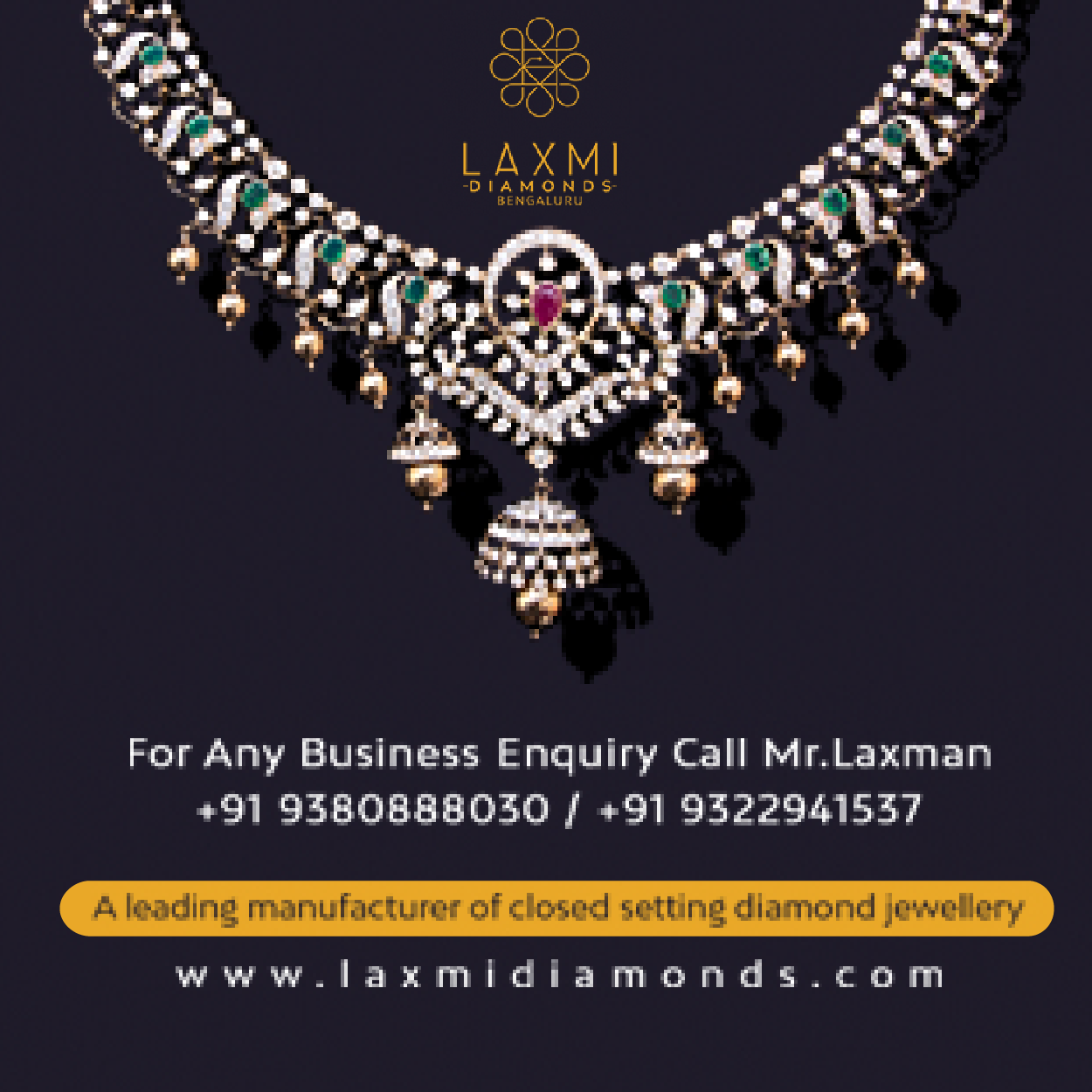DiamondBuzz
Lucara nets $54m from two stones from Karowe mine
The luxury brand’s new boutique at the Taj Krishna in Banjara Hills highlights its celebrated fine jewellery and global couture collections.
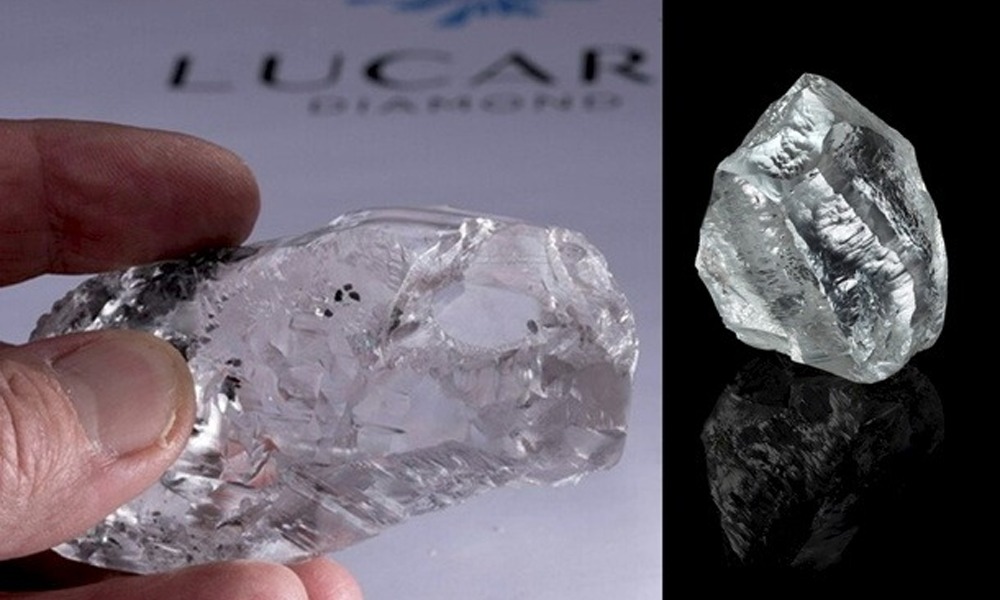
Lucara raised $54m from the sale of two exceptional stones – weighing 1,080 carats and 549 carats – both recovered at its Karowe mine, in Botswana, it said this week. The 549 carat Type IIa Sethunya diamond was recovered in February 2020 and was sold to the French luxury maison Louis Vuitton.The 1,080 carat Eva Star, recovered in August 2023, was acquired by an unnamed buyer.
Canadian miner Lucara, 100 per cent owner of the mine, said it was “delighted” to announce details of the sales, now that final payments had been received and the goods had been delivered. It did not specify the price achieved by the diamonds individually, but said they’d sold for a combined sum of $54m and had recognized $44m in revenue net of fees, excluding royalties.
“The company received $20m in previous years and following this sale, a further $24m was due, of which $16m and $8m were received in Q4 2024 and Q1 2025 respectively,” Lucara said in a statement. “The sale of these two extraordinary diamonds further validates our investment in the Karowe underground project,” said William Lamb, president and CEO of Lucara. “The unique characteristics of Karowe’s kimberlite, particularly in the South Lobe, continue to amaze us with its ability to produce diamonds of exceptional size and quality.”

DiamondBuzz
Premiums Return for Larger De Beers Diamonds Amid Supply Shortages
De Beers Resumes Auctions for Sightholders After One-Year Pause, Introducing Tender-Style Format
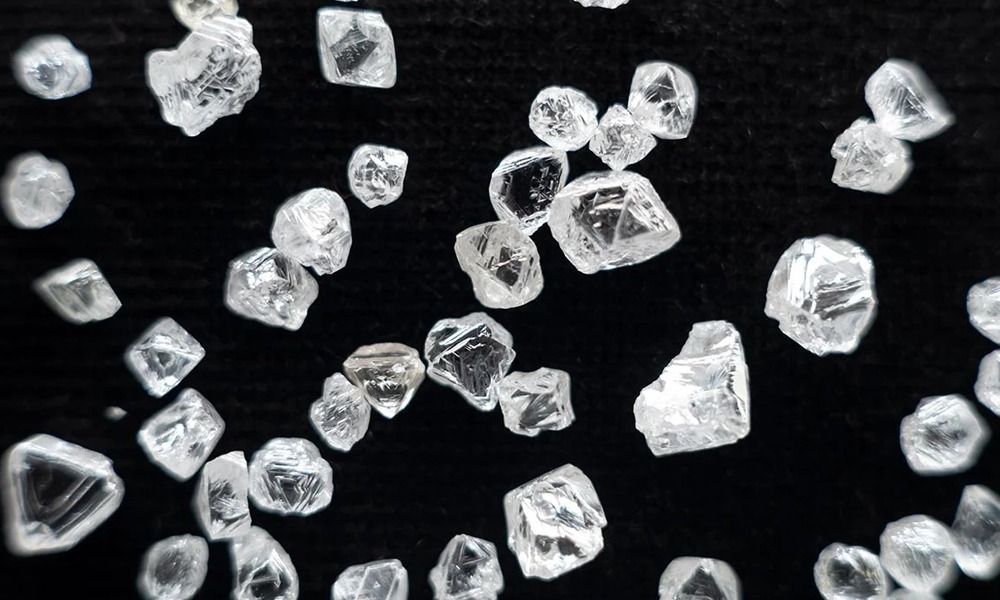
Shortages of larger De Beers diamonds are driving premiums of up to 7% on the secondary market, following a period when sightholders struggled to resell for profit, industry insiders told Rapaport News. Companies that purchased 5- to 10-carat goods at the recent sight, which began on Monday, received bids ranging from 3% to 7% above the De Beers list price, market sources shared on Tuesday.
The “select makeable” category in this size range — which yields 1.5- to 3-carat polished diamonds with an average color of I and average clarity of SI — commanded premiums at the higher end of the range. It remains uncertain whether sightholders agreed to sell at these higher prices.
De Beers customers, who buy rough diamonds at sights, can resell them, but weak demand in recent years had restricted their ability to generate margins, known as premiums, on these transactions. Recent production declines in India have created shortages in both polished and rough diamonds, resulting in a modest improvement in rough demand as factories seek to fulfill orders from the U.S. and India’s domestic market.
“There’s a shortage of goods — you have less stock in India and less production,” said a sight broker who received an offer of 7% above the list price for 5- to 10-carat “select” goods on behalf of a client. (The deal never went through.) “People are starting to [buy] more and more goods.”
The broker estimates premiums of 3% to 4% for “commercial” 5- to 10-carat diamonds, which generally have higher yields than select makeables but produce more polished diamonds with black inclusions. Shortfalls in larger rough diamond sizes were evident at the previous sight in February, though sources remain unsure whether this reflects production cuts, De Beers’ strategic withholding of supply, stronger demand for 2-carat and larger polished diamonds, or a combination of all three.
“There’s no ‘select’ right now on the market,” said a second market source. “Everybody is talking about it because, for a long time, there weren’t any premiums. But we’re talking about very few boxes.”
De Beers is also relaunching its auction sales after a year-long hiatus. The first auction in the current sales cycle will be held in Gaborone, marking a move from Singapore to the Botswana capital. The company announced this shift last April and had paused its auction operations during the transition.
The new auction format will be exclusive to sightholders, with goods primarily focused on larger stones, according to a De Beers spokesperson. Unlike previous auctions, the event will feature a tender-style format with closed bids, meaning participants will not be aware of competing offers.
“As we look to reestablish regular sales events for auctions, we will initially run a small-scale event in cycle 3 for sightholder customers with a relatively small amount of product enabling the testing of the platform,” the spokesperson explained. “We will subsequently look to develop a longer-term plan for future events, including the timeline and commercial approach.”
The suspension and subsequent resumption of auctions reflect the ongoing market downturn and recent modest improvements, according to a third source.
“While we are encouraged by recent signs of improvements in the rough-diamond trading sector, we will continue to adopt a prudent and watchful approach to supply,” De Beers added.
While prices and flexibility terms remained stable at the current sight, dealers anticipated a slight improvement in demand compared to earlier sales this year, as sightholders had deferred purchases from January and February. The session is expected to conclude on Friday.
DiamondBuzz
US Jewelry Sales Decline as Affluent Consumers Shift Spending
Signet Jewelers reports a revenue drop, while luxury brands like Richemont see growth, as jewelry preferences shift toward experiences and sustainability.
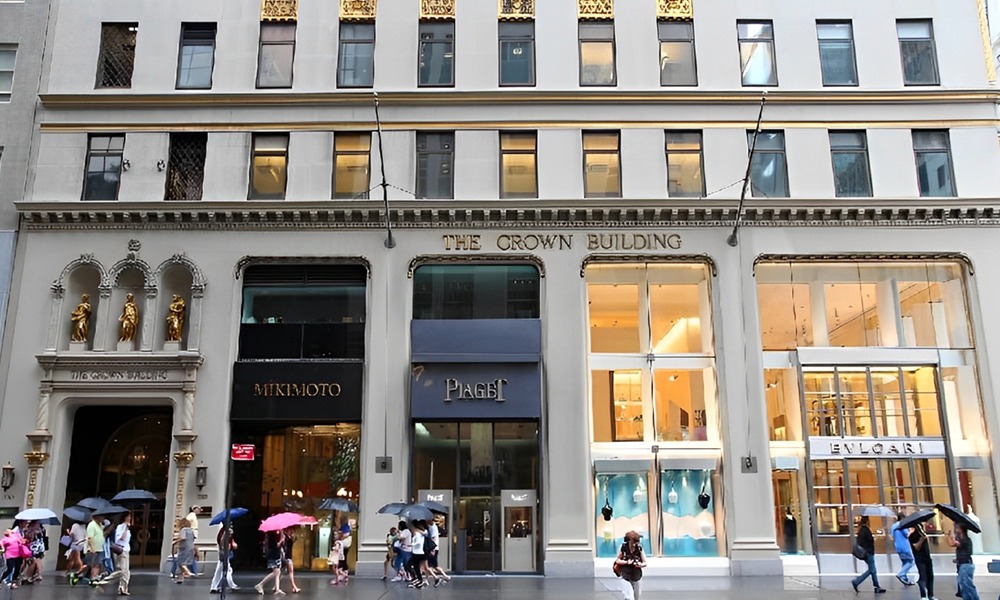
Signet Jewelers, the world’s largest diamond jewelry retailer, has reported a 7% revenue decline for fiscal 2025, with sales dropping to $6.7 billion from $7.1 billion, following a 12% decline the previous year. This downward trend is expected to continue, with the company forecasting sales between $6.53 billion and $6.8 billion for 2026, a further 13-16% decrease over three years. CEO J.K. Symancyk, “Growth has been elusive.”
While the overall U.S. jewelry market grew by 5% in 2024 to $85.4 billion, affluent consumers are beginning to pull back on their spending. The report also points to mass-market success stories like Pandora, which saw a 14% growth in the U.S., and luxury brands such as Richemont’s Cartier, which saw a 15% rise to $4.3 billion. However, LVMH’s jewelry division (Tiffany) grew only 1%, and independent jewelers reported a modest 1% sales increase.
According to Chandler Mount of Affluent Consumer Research Company, the luxury market is expected to shift in 2025, as high-net-worth individuals prioritize experiences, sustainability, and economic caution. ACRC data revealed that jewelry purchase intent among consumers earning $200k+ fell from 28% in 2022 to 22% this year, reflecting a loss of 1.5 million potential buyers every quarter.
A reputed magazine as per the report also highlights the growing popularity of lab-grown diamonds (LGDs), which saw a 43% increase in unit sales due to lower prices, putting pressure on natural diamond sales. Mount noted that affluent consumers are increasingly favoring experiences, such as travel, over physical goods, signaling a potential contraction in the jewelry market if economic optimism does not recover.
DiamondBuzz
Swarovski returns to profitability; LGD sales double
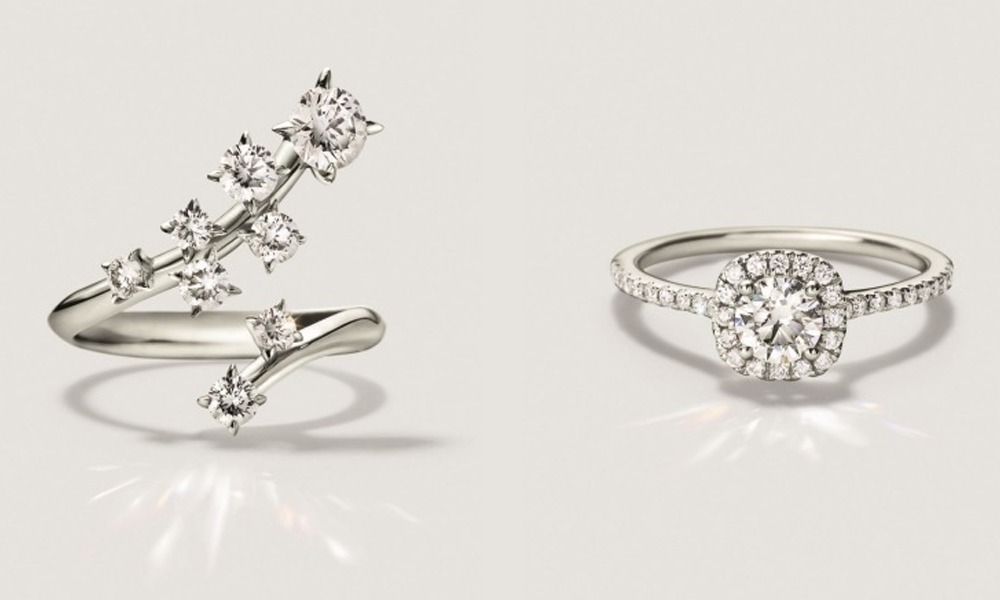
Swarovski, the renowned Austrian crystal manufacturer, has successfully returned to profitability after five years of financial struggles. The company reported a 6% revenue growth in 2024 and a remarkable doubling of sales in its lab-grown diamonds segment. This milestone marks a significant turnaround for the family-owned business, indicating the success of its strategic initiatives.
Financial Performance For the fiscal year ending December 31, 2024, Swarovski Crystal Business recorded revenue of EUR 1.9 billion ($2 billion). The company achieved record sales in the United States and Austria, despite operating in a challenging trading environment. While a detailed financial breakdown was not provided, Swarovski emphasized improvements in key financial metrics, including earnings before interest and taxes (EBIT) and cash flow.
Lab-Grown Diamonds Growth Swarovski’s lab-grown diamond division, Swarovski Created Diamonds, saw sales more than double in 2024. The company did not disclose specific figures but highlighted the segment’s rapid expansion as a testament to increasing consumer demand for sustainable and ethically sourced jewelry.
Strategic Vision: LUXignite CEO Alexis Nasard attributed the company’s resurgence to its LUXignite strategy, which aims to modernize the Swarovski brand while preserving its iconic heritage. This approach integrates contemporary cultural trends with Swarovski’s legacy, enhancing its appeal among modern luxury consumers.
Future Outlook Looking ahead to 2025, Swarovski acknowledges potential instability in the global economic environment. However, with the celebration of its 130th anniversary, the company remains committed to executing its strategy with a focus on creativity, strategic investments, and financial discipline. Nasard emphasized that the turnaround remains in full motion, driven by strong brand desirability, innovative product collections, and an immersive retail experience.
Conclusion Swarovski’s return to profitability and the exponential growth of its lab-grown diamond segment highlight the success of its strategic transformation. With a solid foundation in place, the company is poised for sustained growth, reinforcing its position as a leader in the luxury crystal and jewelry market.
-
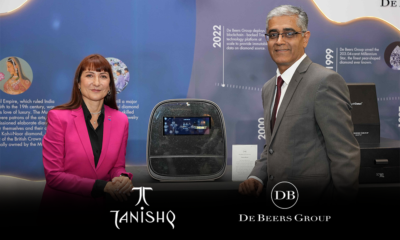
 JB Insights8 months ago
JB Insights8 months agoTanishq, De Beers forge strategic collaboration to boost India’s natural diamond jewellery market
-

 News2 days ago
News2 days agoFemina Miss India World 2024 Nikita Porwal shines as GJC’s Brand Ambassador
-

 JB Insights1 year ago
JB Insights1 year agoWhen a woman is wearing my jewelry, I want her to feel she is wrapped in one of life’s greatest luxuries: Sangeeta Boochra
-

 International News40 minutes ago
International News40 minutes agoGold sees significant decline on global trade tensions, recession fears








